Adacebur’s neuropsychologist, Verónica Cerdá, explains in this article how they carry out the rehabilitation and cognitive stimulation of acquired brain injury (ABI) with NeuronUP.
Acquired or sudden-onset brain injury
What is ABI?
The acquired brain injury (ABI) or sudden-onset brain injury is the result of a sudden lesion in the brain that produces various physical, psychological and sensory sequelae, causing abnormalities in sensory perception, cognitive alterations and changes in the emotional sphere.
Most common causes of ABI
The most common causes of ABI are cerebrovascular accidents (CVA or stroke), traumatic brain injuries (TBI), brain tumors, cerebral anoxia and brain infections.
CVA or stroke
Interruption, more or less sudden, of blood flow in a region of the brain. This gives rise to an ischemia and a loss of the function for which that area of the brain is responsible.
TBI
Sudden absorption of a large amount of kinetic energy. The most common injuries are coup and contrecoup contusions, contusions from rubbing against the bony structures at the base of the skull and diffuse axonal injury. This type of injury is often accompanied, in the initial phases, by the formation of a cerebral edema and the consequent loss of consciousness or “coma state.” The depth of the loss of consciousness and its duration are two of the main markers used to establish the severity of the brain injury.
Brain tumor
A group of abnormal cells that grow and multiply in the brain or around it. Tumors can destroy healthy brain cells or damage them indirectly by invading other parts of the brain and causing inflammation, cerebral edema and pressure inside the skull. They are classified according to their location or the types of cells they involve. They can be benign or malignant, depending on the speed of their growth and whether they can be resected or cured by neurosurgical treatment (ASATE).
Problems resulting from ABI
Level of alertness
Through the “Glasgow Coma Scale” activity is measured, the ability to keep the eyes open spontaneously or in response to a stimulus, the ability to move a limb on command or as a response to stimulation, and the patient’s capacity to respond verbally.
Some patients, a minority, do not “wake” from the coma, becoming permanent (vegetative state).
Cognition and communication
Some of these problems can be transient and reversible (post-traumatic amnesia). Others may permanently affect the person’s autonomy.
In other cases they may remain intact, creating a false impression of health.
In communication there may be difficulties understanding spoken language (sensory-predominant aphasia), an inability to read (alexia) or difficulty producing comprehensible speech (motor-predominant aphasia).
Other times the person is unable to name everyday objects (anomia). Language disorders are often accompanied by problems of comprehension and expression.
Speech articulation disorders are very common; the places of articulation of phonemes are not found, so the intelligibility of speech can be severely affected, dysarthria. Other times it is the voice production that causes problems (dysphonia) and the person can only produce a small whisper to communicate.
Motor control
We may find weakness on the side of the body opposite the damaged cerebral hemisphere: hemiplegias (paralysis of half the body) hemiparesis (loss of strength and dexterity on one side of the body).
Emotions and personality
There is often a instability of emotions, depression or loss of control over the expression of crying or laughter. In cases of stroke the appearance of a depressive syndrome is especially frequent.
Among personality disorders the disinhibited (inability to restrain impulses) and the apathetic (emotional indifference, lack of motivation and inactivity) profiles are common. Behavioral problems, such as aggressiveness, may appear.
Basic activities of daily living
Difficulties may appear in common activities we carry out daily (washing, dressing, bowel and bladder control, mobility…). Instrumental activities relate to how the person manages in the environment (using public transportation, banking procedures, shopping, administrative tasks and work performance).
Reception of information
Visual capacity may be affected, with a visual field disorder (hemi- or quadrantanopia) or a disorder of visual convergence (diplopia).
The affected person loses the ability to perceive visual stimuli coming from the part of space contralateral to the hemisphere where the lesion is located. These are called hemianopsias when half the visual field is involved; when a quadrant is affected they are called quadrantanopsias. In convergence problems the most common issue is double vision.
It is common in TBIs with lesions located in the most ventral region of the frontal lobes that they lose their sense of smell, which is called hyposmia or anosmia, depending on the severity of the symptom. These people often report that food lacks taste (ageusia) due to the close relationship between smell and taste.
Hearing is mainly affected in TBIs that present a fracture of the squama of the temporal bone (inner ear), which is responsible for the sense of hearing. The sense of balance can also be affected, as it depends largely on structures closely related to the inner ear.
Touch is affected because the lesions that affected people suffer often cause sensory disorders of the contralateral region of the body. As a result, there are difficulties identifying pain, hot-cold sensations, receiving information about the shape of objects, their texture or consistency; there may even be the possibility of not feeling certain parts of the body and their position in space.
Characteristics of people with ABI
In addition to what has already been mentioned, it is common for people with ABI to have very reduced awareness of their sequelae and their implications, even claiming they are in perfect condition. Consequently, tensions within the family circle arise; the family tries to protect the affected person from initiatives that may be irresponsible given the new situation. Situations such as wanting to return to driving or to work are often the cause of these disagreements.
ADACEBUR Association
ADACEBUR is the Association of Acquired Brain Injury of Burgos. It was founded in May 2006 with the intention of helping people with an acquired brain injury and their families, who after the injury need information and guidance about their situation, their possibilities, the resources they can access, etc.
We are a non-profit entity, made up of people who have suffered an acquired brain injury (ABI), their relatives and collaborating members who wish to help in the association. We are part of the Spanish Federation of Acquired Brain Injury, FEDACE.
Objectives
- Help the affected person and their family to improve quality of life and acceptance of the disability within the family.
- Promote the social and community integration of people affected by ABI.
- Raise awareness among society and institutions about the reality of people with acquired brain injury.
- Make the community aware of what ABI is, the existence of the Association of Acquired Brain Injury of Burgos and the problems derived from ABI.
- Guide, inform and advise families and people affected by ABI.
- Promote the appropriate social services to meet the needs of people with ABI.
- Defend the rights and interests of affected people and their families.
- Support a comprehensive rehabilitation service that covers the needs of people affected by ABI.

Subscribe
to our
Newsletter
Programs
Information, orientation and advice
Directed at affected people and their families. This service aims to respond to the social needs presented by users and their families, through information and processing of existing social services and resources, to facilitate the integration of this group into society.
Neuropsychological rehabilitation
Focused on recovering, as far as possible, the level of intellectual functioning through intervention techniques based on exercises for attention, memory, or comprehension, to cite the most significant examples. The neuropsychologist evaluates the patient’s changes in the different areas that intervene in thinking throughout the rehabilitation process.
Occupational therapy
Individual activities are carried out, with exercises for change of dominance and training to improve patients’ body schema, through exercises of coordination, skill and strength.
Also group activities, of cognitive stimulation and emotional and social management. Work is done encouraging collaboration and interaction among group members.
Group and individual activities for training in assistive devices and carrying out ADLs, to promote the personal autonomy of affected people.
Speech therapy
The professional is responsible for exploring, evaluating and diagnosing communication and language disorders and establishing a prognosis of evolution. Language assessment is carried out at the following levels: phonological, lexical, morphological, syntactic, semantic, pragmatic and comprehensive. An examination of swallowing is also performed, since in ABI this function is frequently altered.
Physiotherapy
Sessions at home or in the center. Functional rehabilitation develops a set of individualized physiotherapy techniques adapted to the special characteristics and circumstances of each person. It includes a range of therapeutic activities aimed at enhancing the functional autonomy of patients with ABI and improving their physical condition.
Community awareness
Adacebur carries out awareness campaigns directed at the general population. ABI and road safety prevention. Informative talks are held in sociocultural centers, schools and universities.
Other events
Visits to exhibitions, participation in sporting, leisure and free time activities, training days on ABI.
Methodology
Our association has offered the neuropsychology service since 2006 as many people affected by acquired brain injury need to work on different cognitive areas.
Normally when a person arrives at the association a neuropsychological assessment is carried out to verify the patient’s impairment and its degree (unless they already have one because they were referred from another center) from which a report is prepared for the patient with recommendations and work proposals, with the whole multidisciplinary team, according to their needs. The assessment may be repeated over time due to the need to present it in some judicial process or disability procedure; it can also be carried out after at least six months to see if there is improvement or progress in the cognitive functions being worked on in the rehabilitation sessions.
Professionals
We have a multidisciplinary team of professionals to respond to each patient’s needs, since no two patients are the same.
- Educator/social worker
- Neuropsychologist/psychologist
- Team of occupational therapists
- Physiotherapists
- Speech therapist
We hold regular meetings to coordinate each patient’s rehabilitation and check for progress or whether it is necessary to modify any aspect or therapy in each specific case.
Our experience with NeuronUP in ABI
During the pandemic we experienced, the need arose to offer opportunities for remote neurocognitive rehabilitation to the association’s users, since many of them had their rehabilitation process affected by this situation and consequently their progress and improvement. Many users had to suspend all the therapies they had been receiving, seeing certain capacities and skills they had previously improved diminished. For all these reasons, the possibility of acquiring the NeuronUP platform was considered and we did so through a grant that was awarded to us in March of this year. Since then we have been using NeuronUP with our users.
What do we work on with NeuronUP?
We usually use the NeuronUP program for both individual cognitive rehabilitation sessions and group cognitive stimulation sessions, both in person.
Recently we have begun using NeuronUP2GO sessions with some specific patients so they can work from home, reinforcing what we see in the rehabilitation session and promoting greater autonomy of the person.
Thanks to NeuronUP we can streamline the preparation of some sessions for patients to a certain extent, but of special importance is the idea of having a record of patients and the activities they have been doing, since the area of work to be addressed can be selected.
On the other hand, with NeuronUP2GO sessions we have the advantage of being able to see the patient’s results information for the activities programmed digitally for home.
In group sessions the screen is projected and each user must carry out the activity, sometimes individually, so that everyone can reach the solution, and other times it is done jointly.
Also, in any of the modalities we work with at the association, sheets, generators and games from the NeuronUP platform are used.
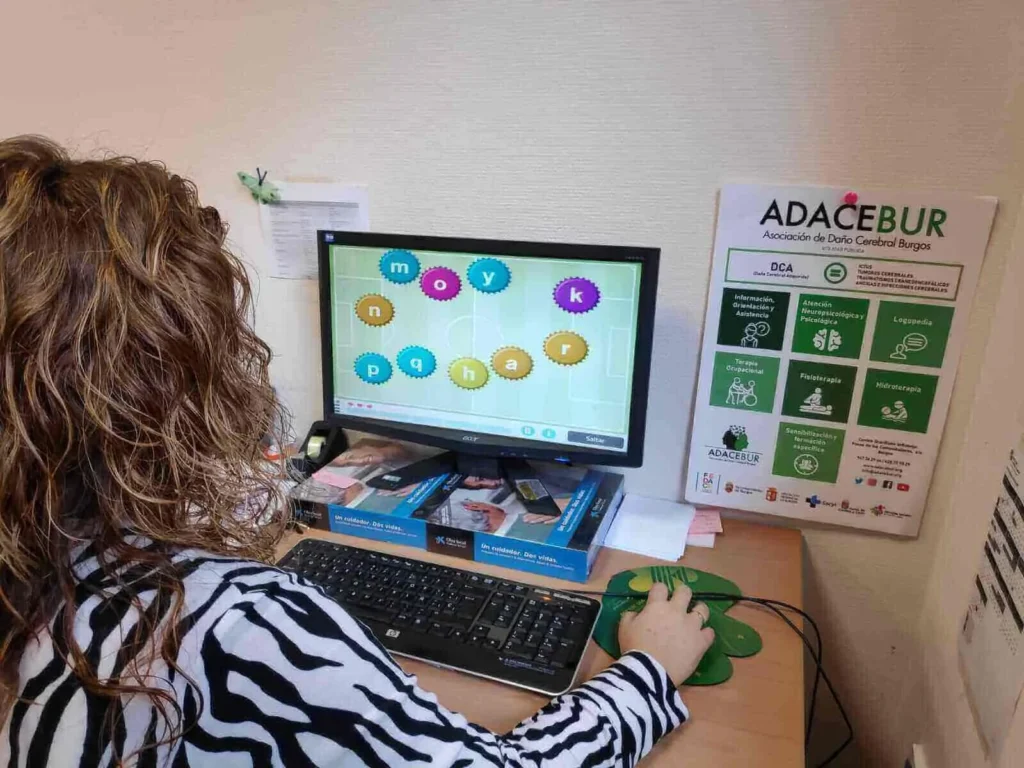
Future wish
Our wish for the near future is to continue using the NeuronUP platform with our patients and to see medium- and long-term results. In addition, we would like more participants to use NeuronUP2GO from their homes and see their efforts reinforced.
Another good experience could be sharing their direct experience of using the platform with other associations.
Conclusion
Although our work with NeuronUP is very recent, we can appreciate the interest it arouses in many of our patients and the benefits it can offer users at the cognitive level. In addition, we value the ease it offers professionals when planning work sessions.
If you liked this post about the rehabilitation and cognitive stimulation of ABI with NeuronUP, you might be interested in these publications from NeuronUP:
“This article has been translated. Link to the original article in Spanish:”
Daño cerebral adquirido (DCA): rehabilitación y estimulación cognitiva
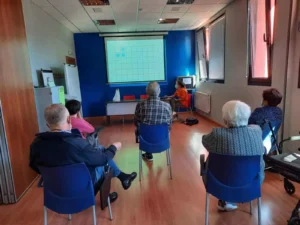
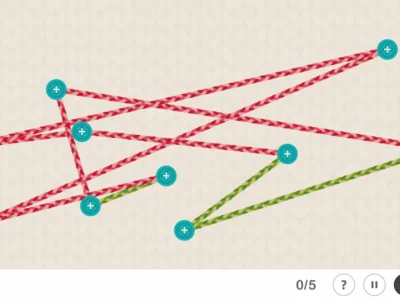
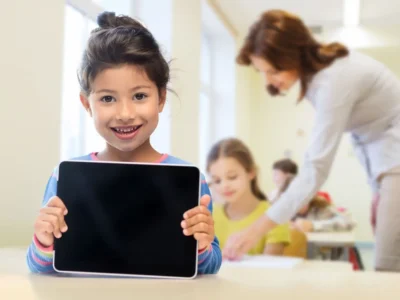
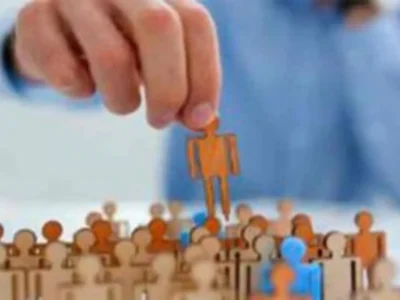
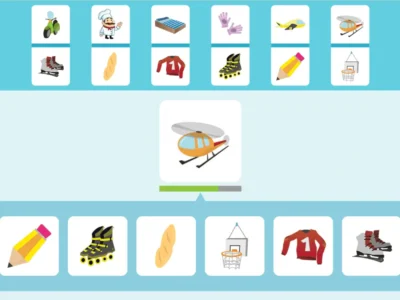
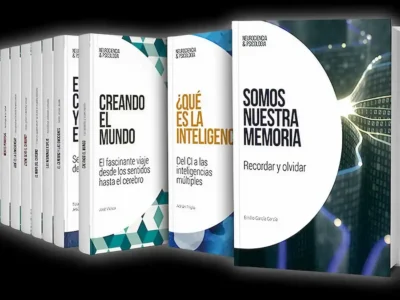
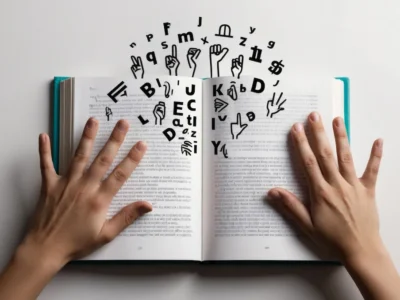
 Why devote so many resources to people with Alzheimer’s?
Why devote so many resources to people with Alzheimer’s?
Leave a Reply